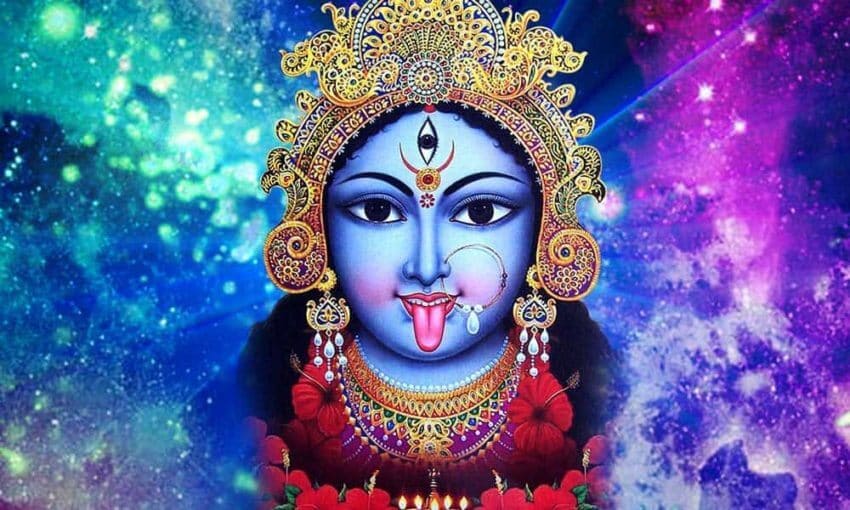Why Shavasana – Corpse Pose?

Why is Savasana called Savasana?
The list of beneficial effects from performing Shavasana is quite extensive. Its necessity can be felt by anyone who has practiced yoga in any depth or purposefully.
At the same time, sometimes the question arises: why was such a useful exercise called “corpse pose”? Weren't there more positive associations?
To answer it, one should turn to the origins of India's worldview, to its mythology and understanding of the interconnection of all living and nonliving things in the Universe.
Let's start with the fact that disgust for a dead body and reluctance to remember death at all is the result of the modern so-called. materialist culture, which most actively manifested itself in the general ideology of the 20th century.
Although it should be noted that even among obvious materialists (for example, in the USSR), the attitude towards death and the bodies of the dead was twofold. On the one hand, they tried not to talk about it, on the other, they tried to “give eternal life” and mummified their leader.
Perhaps, among all peoples, the death of a person was perceived only as a transitional state either to the next birth or to further life in the world of the gods (god).
If the state of a dead body is only the completion of one cycle of existence, then performing Shavasana can symbolize some kind of intermediate state before the next cycle.
One may also recall the detailed description in the Tibetan Book of the Dead of the state that arises after death and its importance for further rebirth.
Likewise, after performing Shavasana, the practitioner is “reborn” or returns to life in a renewed state. And this rule applies to everyone who practices yoga.
Let's return to the fact that in Shavasana there is a balance of Prana. And energy is the second of two aspects of divine reality. The first is “pure consciousness” or Shiva, and the second is Shakti, which manifests itself in various forms and aspects: matter, cosmic feminine energy, Kundalini, Maya Kali, etc. In general, Shakti is the energy that allows the disengaged consciousness of Shiva to manifest itself in the material world.
One of the famous images illustrating the manifestations of Shakti is Kali (Durga) dancing on the corpse of Shiva.
Background of the event:
The king of all asuras, Rambha, had a son, Mahishasura. possessed the ability to arbitrarily take the form of a man or a buffalo. Mahishasura performed severe austerities and meditated, desiring to receive blessings from Brahma. As a result, Brahma appeared before Mahishasura and gave him the characteristic that he could not be killed by either man or god. After this, Mahishasura began to terrorize people and gods. He defeated Indra and expelled all the gods from their habitats. The unfortunate, homeless gods got together and created the goddess Kali. After defeating the asura, Kali continued to torment the dead bodies of her enemies and then Shiva pretended to be dead and lay down among the rest of the corpses. Only after seeing him, Kali was able to stop.
If we consider this mythological story from the point of view of yoga, then it can be said that only the uninvolved consciousness of Shiva can stabilize the violence of Shakti. It is then that the harmonious unity of the World will arise. And the predominance of one of the parties leads to an imbalance.
Thus, it is Shavasana that balances the activity of Shakti (Prana) developed in the process of practice and ensures a new cycle of existence after the next “death”.
Now you understand why your yoga cycle should end with Savasana (or Mritasana). If you do not do this, then an unstable energy state may arise when you react to what is happening more emotionally or actively than you would like.
Use of Savasana
Shavasana can be used as:
1. Stabilization of the energy system after yoga practice;
2. Quick, productive rest;
3. Autogenic training or programming yourself for the desired result;
4. Achieving deeper, specialized states of yoga, in particular the intermediate state for the transition to Yoga Nidra.
We do not claim that those who first called this asana Shavasana had exactly the same reasoning, but the relationship between concepts and phenomena is obvious here.
Here we have described the technique for performing this exercise.